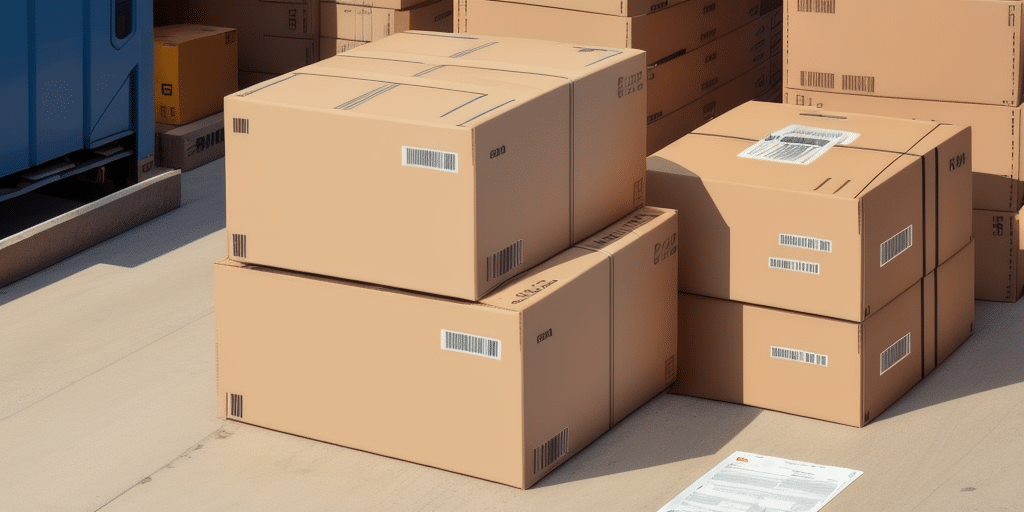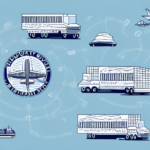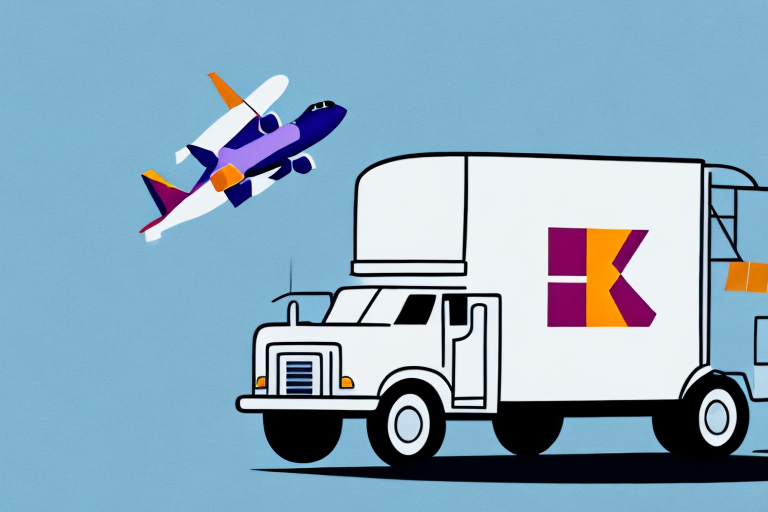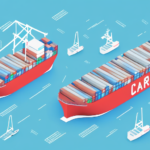What Is a Bill of Lading and Its Purpose?
A bill of lading is a vital document in the shipping industry, serving three primary functions:
- Receipt of Goods: Confirms that the carrier has received the goods from the shipper.
- Evidence of Contract: Establishes the terms and conditions agreed upon between the shipper and the carrier for the transportation of goods.
- Document of Title: Represents ownership of the goods, allowing for the transfer of ownership through endorsement.
Issued by the carrier, the bill of lading details the type and quantity of goods, origin and destination, and the terms of carriage.
Importance of Bill of Lading in Shipping
The bill of lading is indispensable in both domestic and international shipping for several reasons:
- Legal Protection: Serves as a legally binding contract between the shipper and carrier, outlining responsibilities and liabilities.
- Dispute Prevention: Clearly defines shipment details, reducing the likelihood of misunderstandings and legal conflicts.
- Financing Tool: Often used as collateral in financing transactions, allowing businesses to secure loans based on the value of the shipped goods.
According to the International Chamber of Commerce, the bill of lading is a fundamental document facilitating global trade by ensuring all parties have a clear understanding of their roles and obligations.
Types of Bill of Lading and Their Significance
Straight Bill of Lading
A straight bill of lading is non-negotiable and is issued to a specific consignee. It cannot be transferred to another party, ensuring that goods are delivered only to the intended recipient.
Order Bill of Lading
An order bill of lading is negotiable and can be transferred to third parties. This flexibility allows for the goods to be bought, sold, or financed during transit.
Bearer Bill of Lading
A bearer bill of lading falls under the category of negotiable bills of lading but can be transferred simply by handing over the document, without any endorsement.
Through Bill of Lading
A through bill of lading covers the transportation of goods through multiple modes of transport, such as sea and land, providing a seamless shipping process across different carriers.
How to Fill Out a Bill of Lading Correctly
Accurate completion of a bill of lading is crucial to ensure smooth transportation and to avoid potential disputes. Key elements to include are:
- Shipper and Consignee Information: Full names, addresses, and contact details.
- Description of Goods: Detailed information about the goods, including quantity, weight, and dimensions.
- Transportation Details: Mode of transport, shipment origin, and destination.
- Terms of Carriage: Responsibilities, liabilities, and any special instructions.
Ensure consistency across all shipping documents, such as invoices and packing lists, to prevent discrepancies. Additionally, the bill of lading must be signed by authorized personnel from both the shipper and the carrier.
Common Mistakes to Avoid
Filling out a bill of lading incorrectly can lead to significant issues. Common mistakes include:
- Incorrect Information: Misspelled names, wrong addresses, or inaccurate descriptions of the goods.
- Incomplete Details: Missing essential information such as weight, dimensions, or special handling instructions.
- Improper Endorsement: Failing to properly endorse a negotiable bill of lading, which can complicate the transfer of ownership.
- Lack of Signatures: Not obtaining necessary signatures from all parties involved.
Double-checking all entries and ensuring all required fields are accurately completed can mitigate these risks.
Legal Aspects and Handling Disputes
Carrier's Liability
The carrier is legally obligated to transport goods safely and deliver them in the condition stated in the bill of lading. Any damage or loss during transit can hold the carrier liable.[1]
Documentation Requirements
Proper documentation is essential, especially in international trade. Customs officials may require the bill of lading to clear goods, and discrepancies can lead to delays or fines.
Handling Disputes
In case of disputes related to the bill of lading, seeking legal counsel is advisable. The document serves as evidence of the contract of carriage, and accurate details are crucial for resolving conflicts.[2]
Future of Bill of Lading: Electronic and Paperless Trends
Electronic Bills of Lading
Electronic bills of lading (eB/L) offer numerous advantages, including faster processing times, reduced costs, and enhanced security. They streamline the documentation process and facilitate easier transfer of ownership.[3]
Challenges of Digital Transition
Despite their benefits, electronic bills of lading face challenges such as the need for secure digital platforms and widespread industry adoption. Ensuring interoperability between different systems is also a concern.
Future Prospects
The shipping industry is progressively embracing digitization, with predictions indicating that paperless bills of lading will become the norm. This shift is expected to enhance efficiency and reduce the environmental impact of shipping operations.[4]
Conclusion
The bill of lading remains a cornerstone of the shipping industry, providing essential functions that facilitate the smooth transportation of goods. Understanding its types, proper completion, and the legal implications are critical for shippers and carriers alike. As the industry moves towards digital solutions, the adoption of electronic bills of lading promises to further enhance efficiency and reliability in global trade.






















